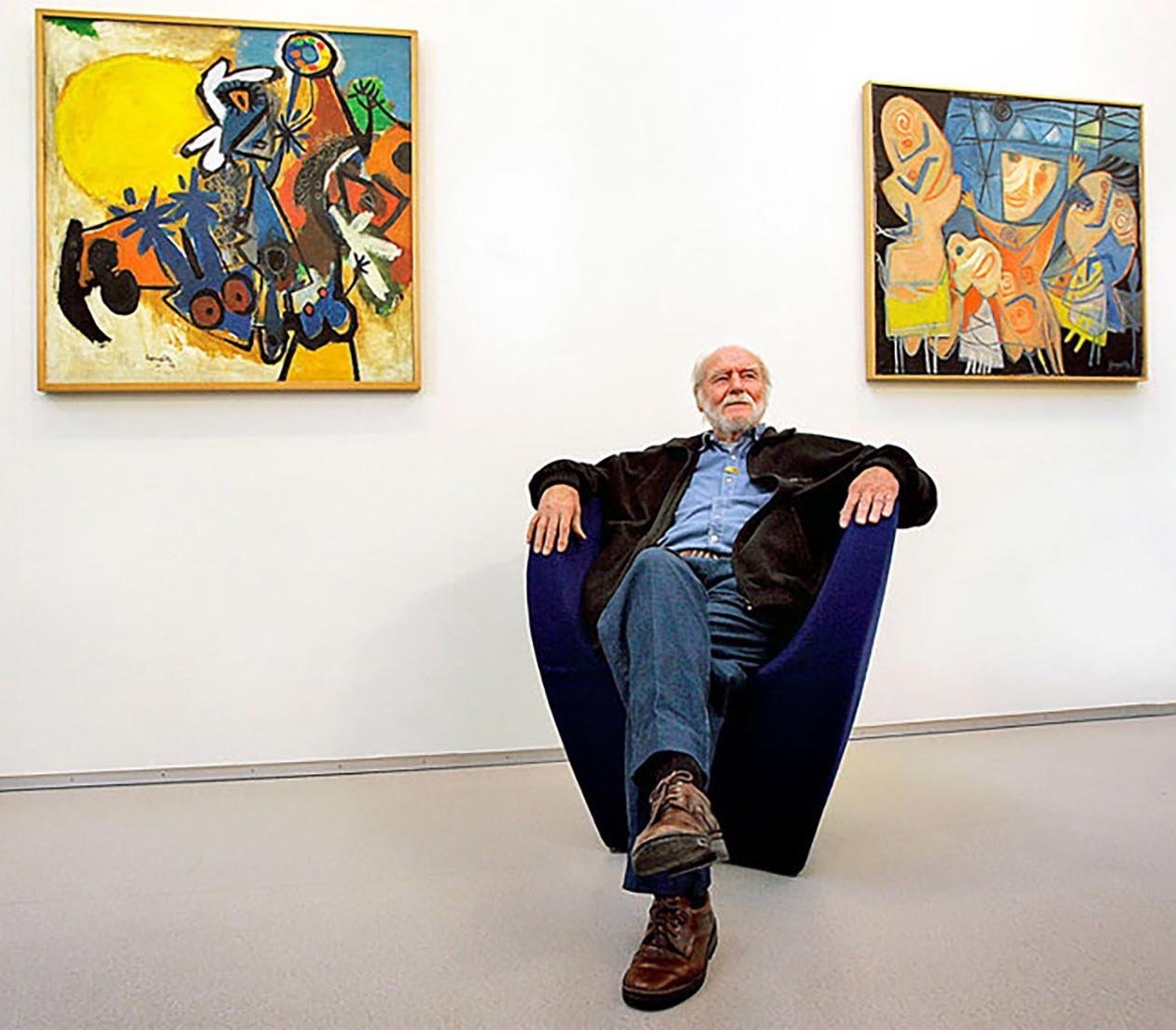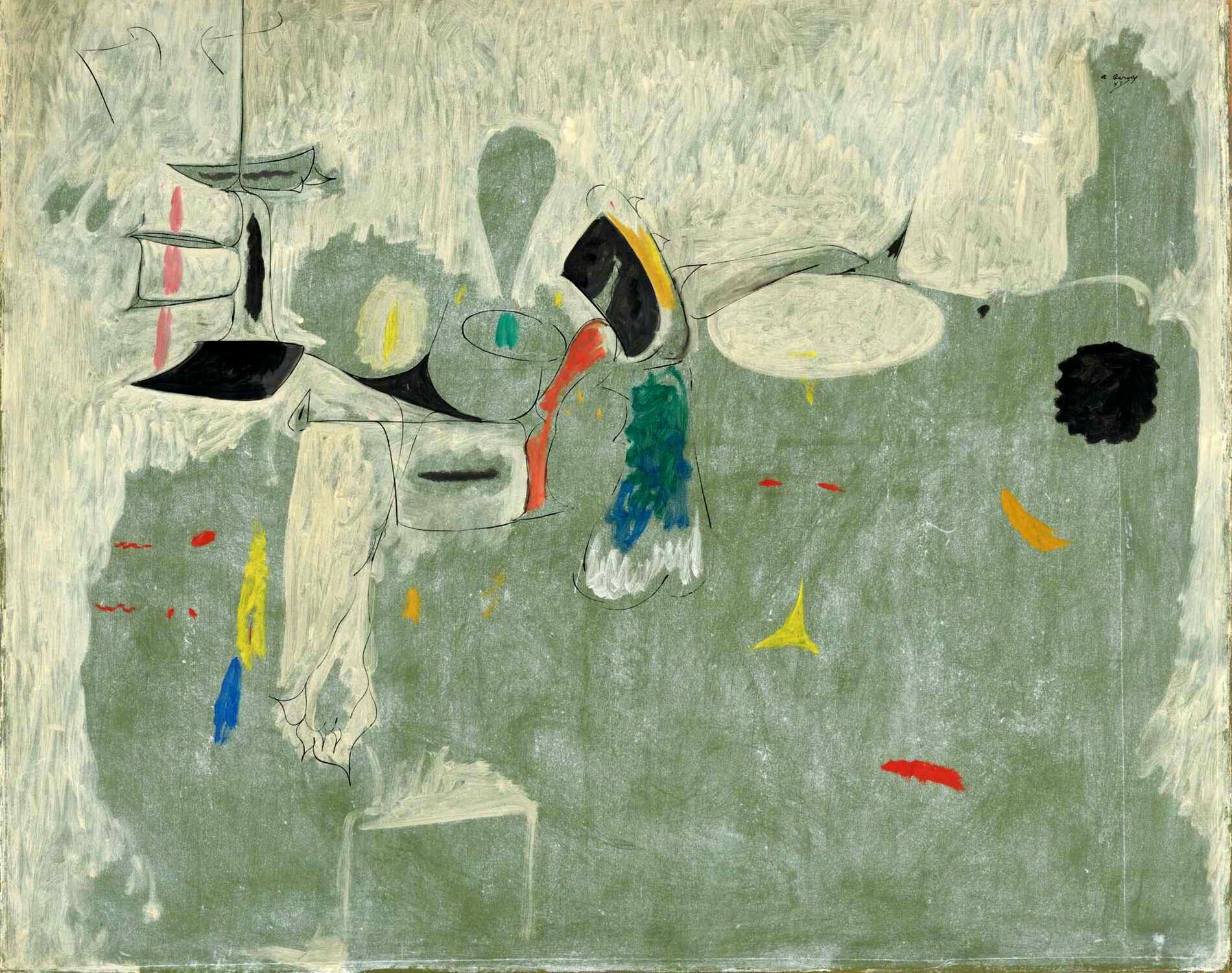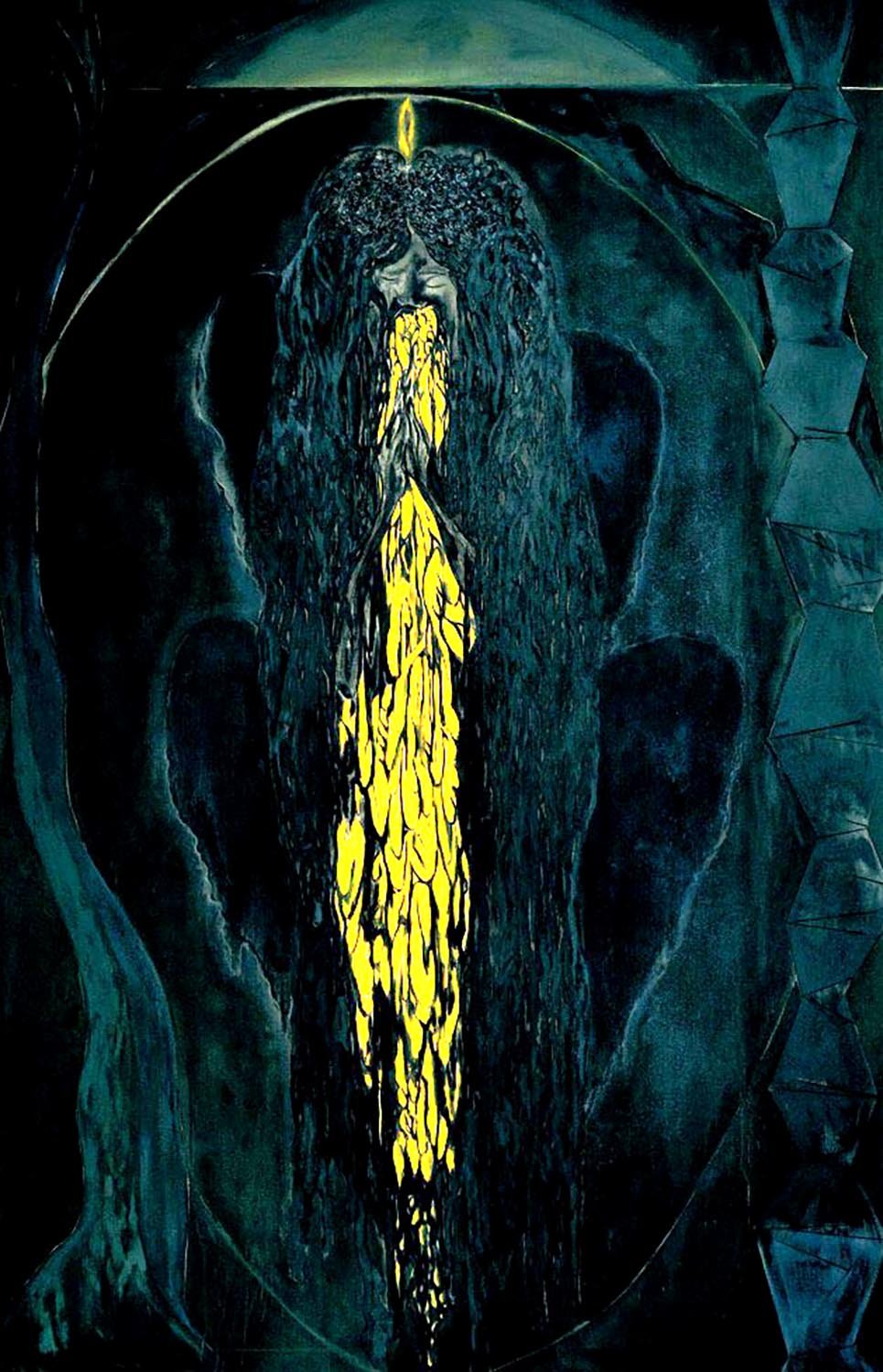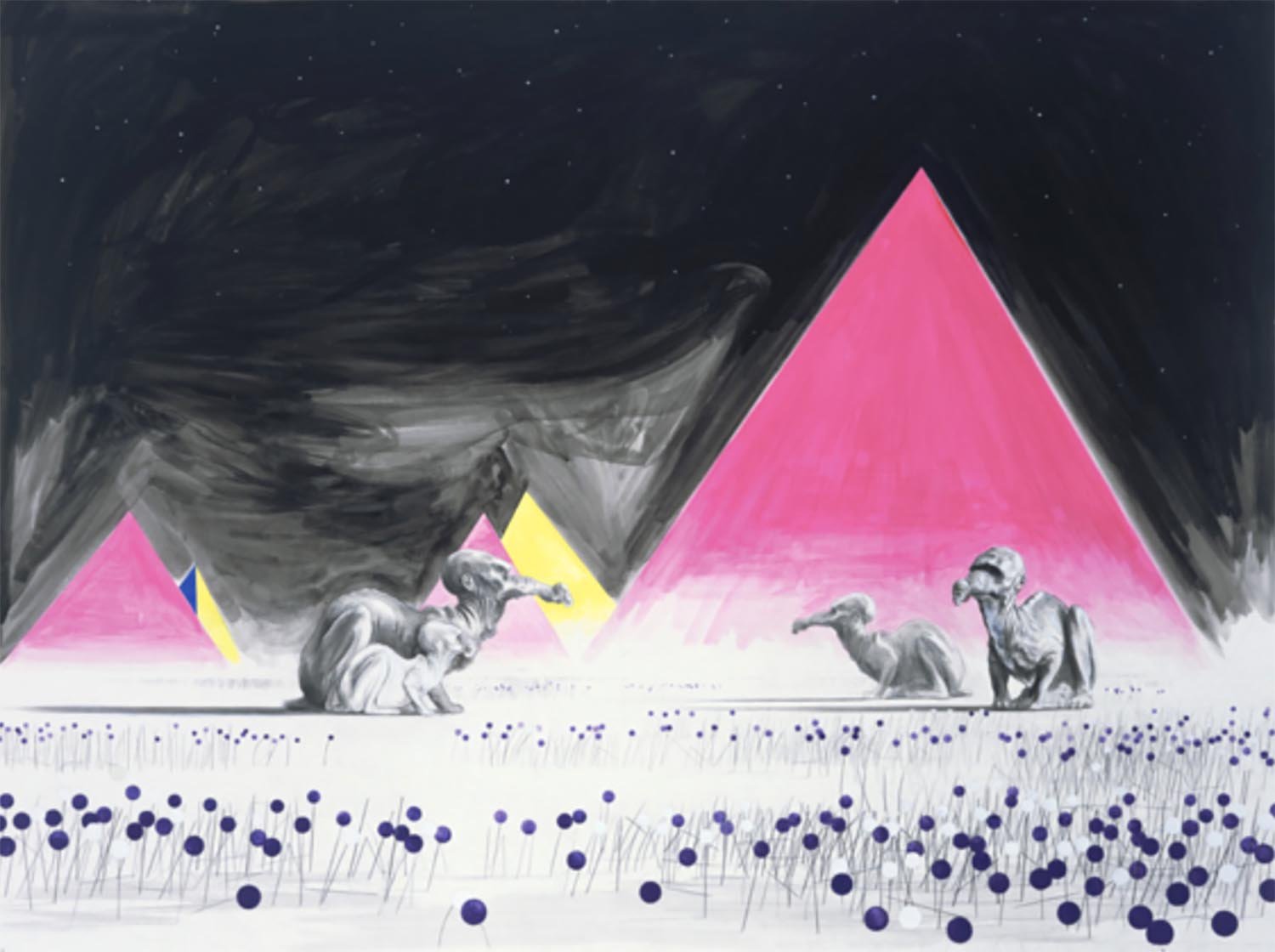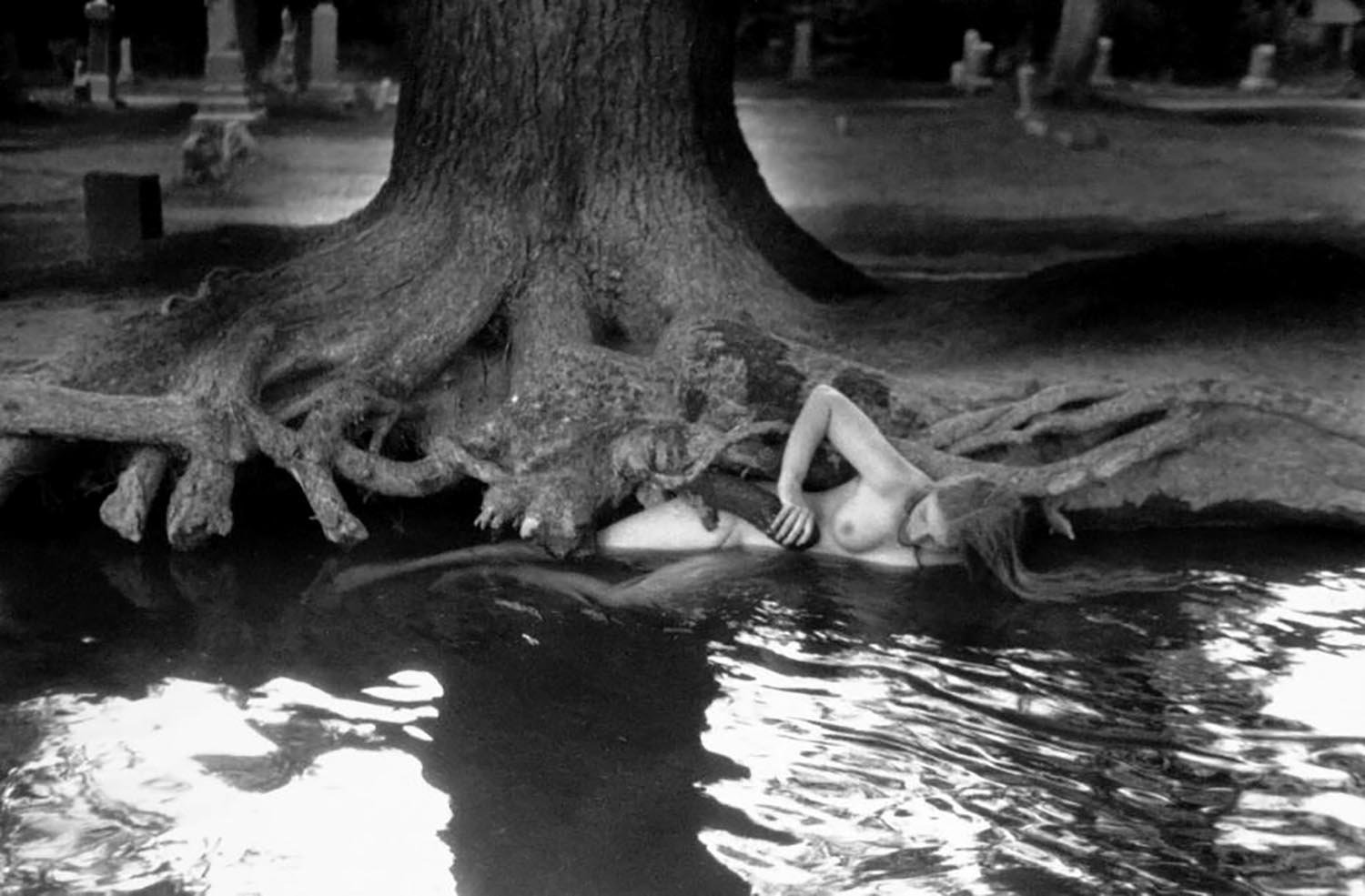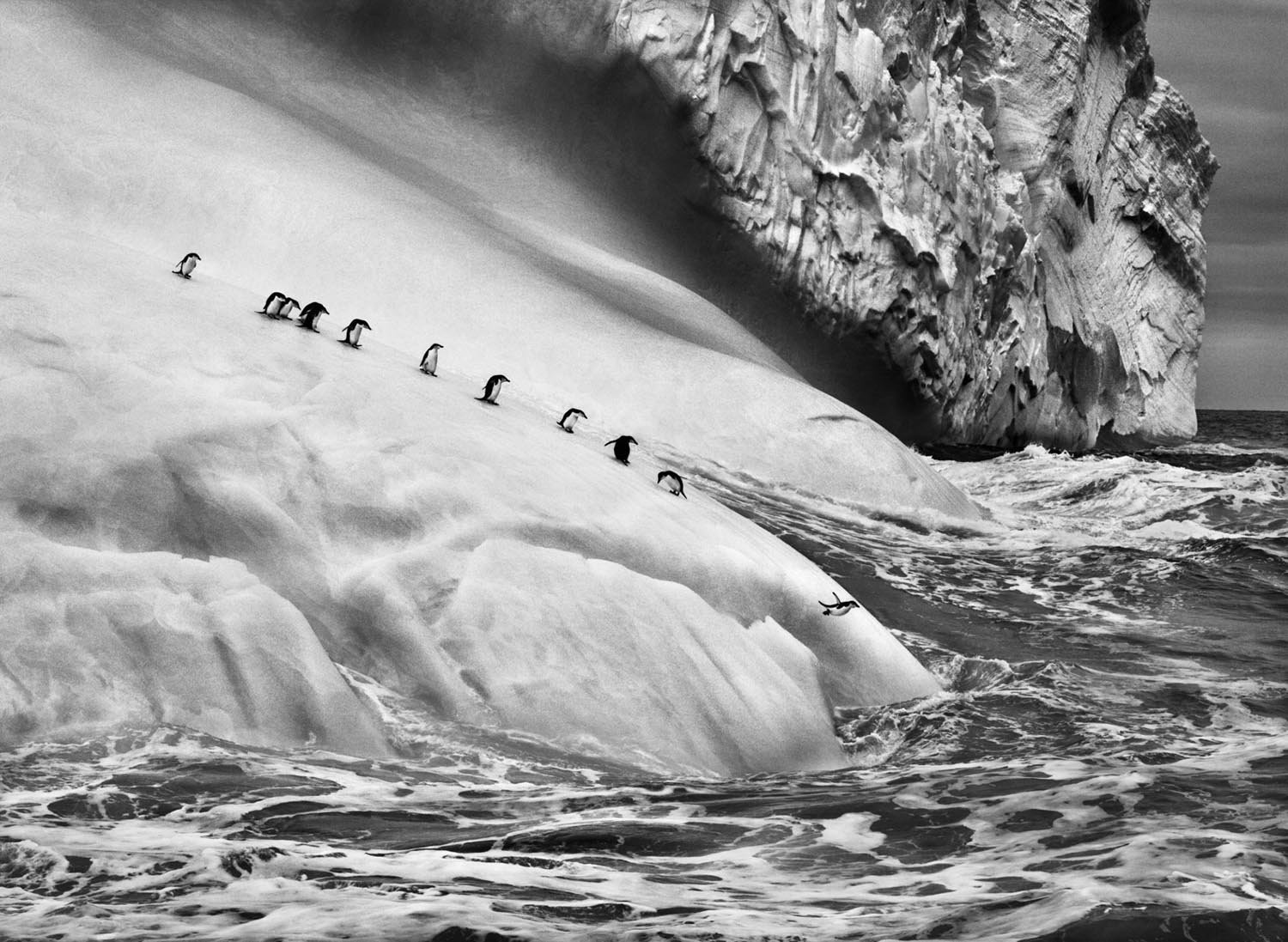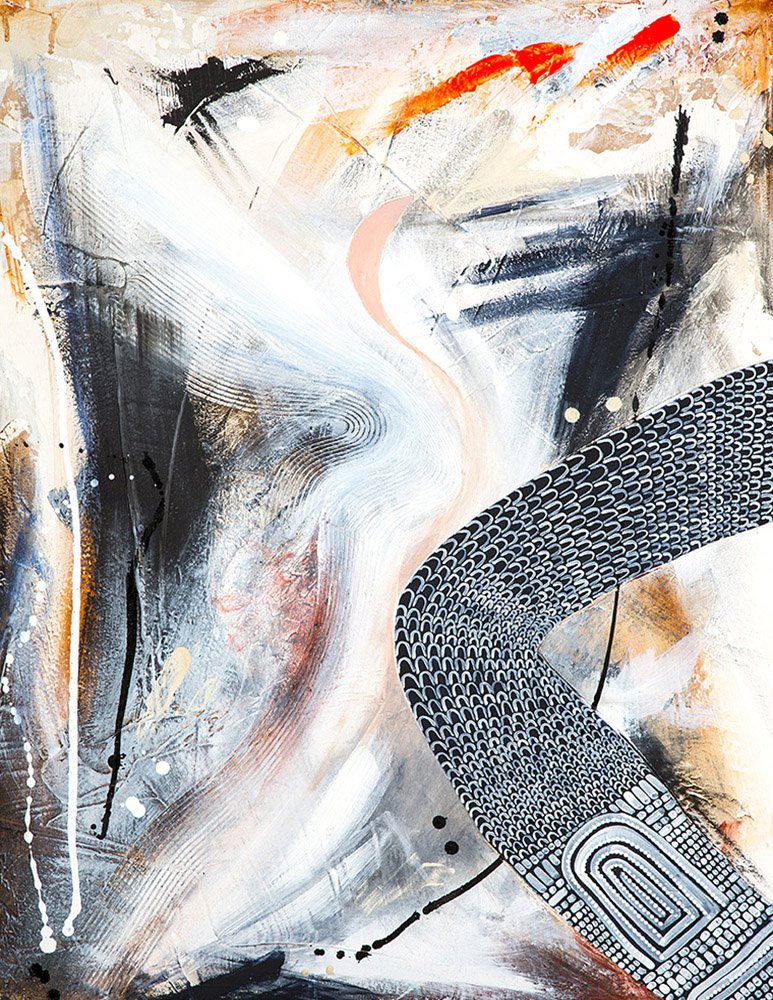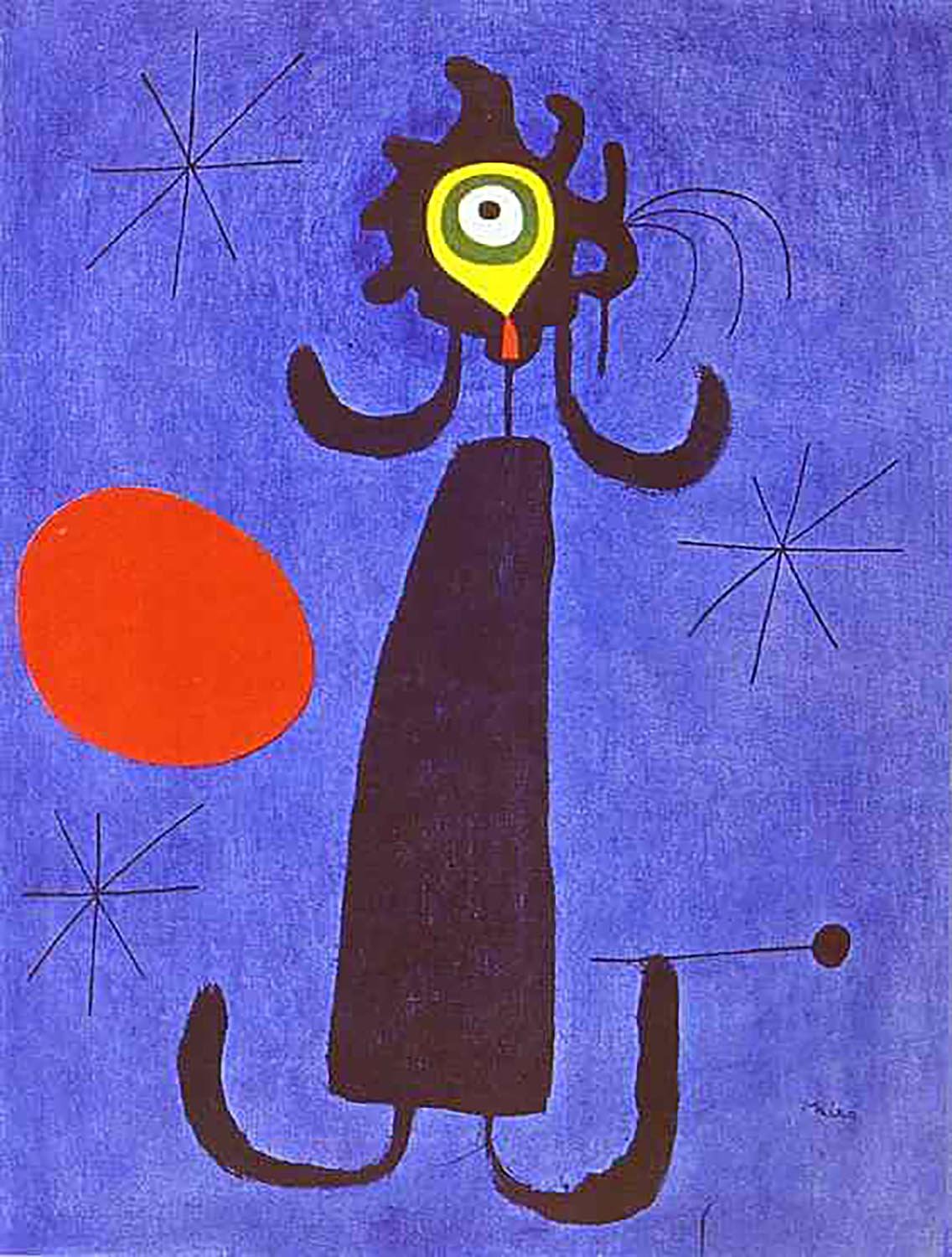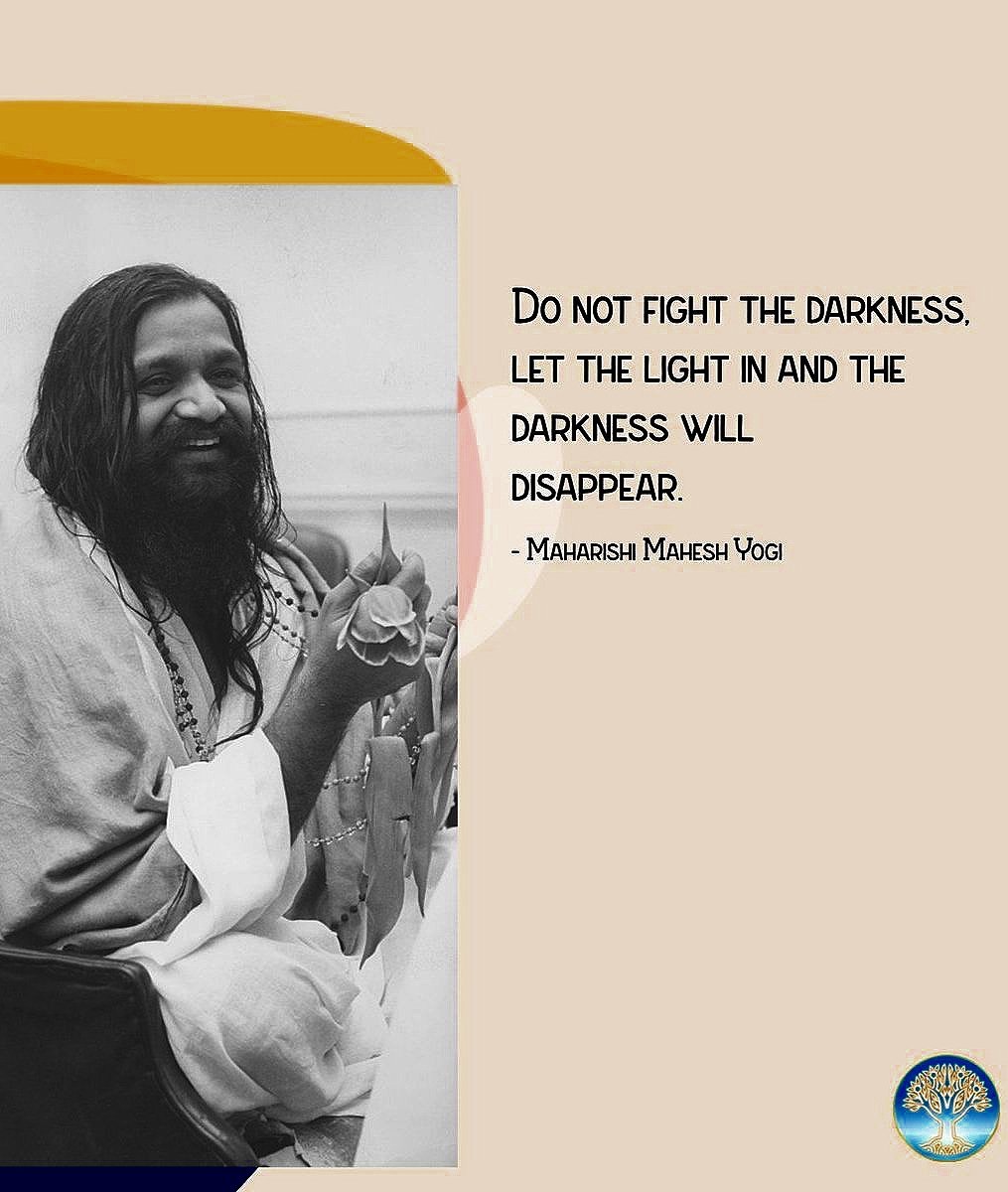Infuences + Ideas
“I paint in order not to cry” - Paul Klee
Paul Klee - Before the Snow - 1929
Paul and Lily Klee with their cat, Bimbo
Joan Miro - Abstract Figures
Boyle has many influences weaving through her work but there are a set of artists which she continually draws upon as constant inspiration. These artists are, Joan Miro, Paul Klee, Victor Brauner and artists from the Cobra Movement such as Karel Appel and Guillaume Corneille. She feels emotionally drawn towards the art of the abstract expressionists, in particular Arshile Gorky and De Kooning. She felt a strong connection with the work of contemporary artists such as Friedrich Kunath, Chris Orfili and Charles Avery after experiencing solo shows of their works in London. She loves the ironic humour of artists such as David Shrigley and John Bock and is fascinated with the sensual power of the photography of Francesca Woodman and the sheer drama of the photos by Sebastian Salgado; both of which she feels captures the tangible feeling of mans immanent relationship with nature so perfectly.
Miro - Woman and Bird in the moonlight
Klee - WallFlower - Detail - 1922
Brauner - No Title - 1953
Karel Appel - Hip Hip Hoorah - 1949
Guillaume Corneille - At COBRA Museum 2007
The COBRA Movement
Boyle chooses to use a technique called ‘Automatism’ as a starting point for her artworks. This is a method in which she attempts to suppress conscious control over her mark making, allowing the unconscious mind to have greater sway. Boyle draws quickly, whatever weird and wonderful ‘Beings’ that come out of her head after meditating. The Surrealist’s started this technique of ‘Automatism’, and Miro, Klee and members of the COBRA movement used this process also. Boyle is drawn towards primitive art and aims to embed a feeling of the primal within her artworks by choosing plaster as the medium on which she works, because it represents the uneven and unpredictable surface of ancient caves. Boyle often uses repetitive mark making within her artworks, because she recognises the mediative and healing qualities which take place while creating them, similar to that of making mandala’s or aboriginal artworks. Boyle enjoys creating visual contrasts such as repetitive, neat marks and patterns alongside free and sweeping brushstrokes in order for the viewer to become acutely aware of both expressions and their duality. This love of contrasts and her fascination with the duality of life was evident in her interior architecture designs and has played a pivotal role in her thoughts and artworks ever since. Boyle combines in her artworks: mess with order, fun with the serious, synthetic with the natural, primal with the modern and the technique of automatism united with a considered design. “It’s the mixing of these dualities that makes me feel like my artworks become alive and whole”.
Arshile Gorky - The Limit - 1947
William De Kooning - Woman - 1949
Friedrich Kunath - I Only remember the Future - 2010
David Shrigley - My Rampage is Over - 2019
Chris Orfili - The Healer - 2008
Charles Avery - Herd of Alephs - 2008
‘Although the Wind’
By Izumi Shikibu
Although the wind
blows terribly here,
the moonlight also leaks
between the roof planks
of this ruined house.
Francesca Woodman - 1976
Francesca Woodman - 1976
Sebastião Salgado - 2009
Extract from, The Prophet, By Kahlil Gibran
Then a woman said, Speak to us of Joy and Sorrow.
And he answered:
your joy is your sorrow unmasked.
(. . . )
When you are joyous, look deep into your heart and you shall find it is only that which has given you sorrow that is giving you joy.
In 2017, Boyle put on an exhibition titled, ‘Think Less, Feel More’, which was about the relationship and juxtaposition between thought and emotion and how that can be represented in her artwork. At the time she thought of thinking and feeling like opposites but now feels they are in a constant dance. The exhibition and title were inspired by Waldemar Januszczak’s review in the Sunday Times on the Abstract Expressionism exhibition at the Royal Academy in London 2016 which Boyle visited and felt inspired by. At the end of the five star review Januszczak states, “There’s not enough emotion in our art any more. We think too much and feel too little”. This statement resonated with Boyle but currently she takes the attitude of, ‘don’t over think it, and try to be natural and intuitive in the way you create and live your life’. Boyle’s solo show in 2019, titled ‘Coming Alive’, was an intuitive response to the insights she gained from her 2017 exhibition, combined with the charged emotions and energy that came with giving birth to her first child. Boyle’s mother died at the end of 2019. Witnessing such acute suffering and dealing with intense grief fuelled Boyle’s ongoing fascination with metaphysics and her search for her own subjective theory about life’s meaning (or lack of it) that will resonate with her and in turn comfort her being.
Boyle - Resist Resisting - 2017
Boyle - Only Love Will Heal - 2019
Abstract Expressionism Exhibition
- 2016
Jarinyanu Downs - Kurtal - 1992
Tibetan Mandala of Auspicious Beginnings - 1983
Rosie Fleming - 3 Dreamings: Fire, Mulga Seed, & Emu - 1993
Unknown Aboriginal painting
The Peace of Wildthings
By Wendall Berry
When despair grows in me
and I wake in the night at the least sound
in fear of what my life and my children's lives may be,
I go and lie down where the wood drake
rests in his beauty on the water, and the great heron feeds.
I come into the peace of wild things
who do not tax their lives with forethought
of grief. I come into the presence of still water.
And I feel above me the day-blind stars
waiting for their light. For a time
I rest in the grace of the world, and am free.
“When I am truly suffering it's often poetry that comforts me the most; The emotional power of the words inspires me to create and express myself”.
When Boyle was young she immersed herself in all types of crafts and creative outlets. For a girl with an inexhaustible amount of emotion and energy it was the only time she sat still and stopped talking. Boyle believes, the channeling of energy for creatively aware people is essential for their mental health and this prerequisite makes them know intrinsically they are an artist. Alice believes all people are inherently creative but people who feel depressed when unable to create (whatever the artistic medium) have a different energy that needs fuelled and quelled by, ‘The Source' (God, Spirituality, Creativity, Energy Force) through the conduit of their souls in order to make them feel sane, connected and relatively at peace. "Connection with other human beings is essential but it’s the relationship you have with yourself and the process of discovering a deeper understanding of who you really are, that will make one feel whole”.
Boyle feels a deep connection to this ‘Source’ while creating art but she also felt it strongly whilst being read fairytales and mythologies as a child. These stories, as horrific as they often are, gave her this same feeling of belonging and comfort that creating did. Remembering these feelings later on in life led her to the work of Clarissa Pinkola Estés and her bestseller book, ‘Woman Who Run With The Wolves’, and then onto the work of psychoanalyst, Carl Gustav Jung. Jung believed there were things in his dreams that came from somewhere beyond himself, ‘The Collective Unconscious’, which he claimed held the entire psychic heritage of mankind. Alice believes we can delve into this realm through sleep, meditation, prayer, ritual or creativity. Sleep and dreaming is where people go to heal, feel the spaciousness and become more connected to the world (that’s why one usually feels refreshed in the morning) but creatively aware people need more time in this realm. She believes this compulsion to create is a way to comfort one’s unconscious feeling of homesickness; the urge to return into the infinite of the universe (non existence), which is ultimately and in essence one’s true home. Life as we know it, is just a very short vacation from home. She feels the trouble with modern man is that he’s lost the ability (too busy and distracted) to keep in contact with his roots whilst away, which makes him forget who he really is which in turn makes him mentally and physically sick. Boyle is attracted to artists, whose artworks seem to have an otherworldly sensibility; art that contains emotion, a sense of play, and a comforting madness absorbed from the artist’s collective unconscious.
Paul Nash - Landscape from a Dream - 1936
Paul Klee - Sinbad the Sailor - 1923
Hilma af Klint - The Ten of the Largest; Series - 1907
Odilon Redon - Angelika the Dragon - 1906
Joan Miro - Woman in front of the Sun - 1950
Kandinsky - Calmed Tensions - 1937
Whilst Boyle gathers inspiration from looking through artist’s books and visiting galleries; she states, “It’s the words of great philosophers, psychologists, religious guru’s and modern day self help guides that really energise me”. She feels the term, ’Self Help’, has been detrimental to the essential movement taking place today. She says, “Self Help, sounds like one is panicking while at the same time proclaiming that, ‘I can’t cope”. Boyle believes this self development movement in all its guises is slowly soothing an undernourished collective psyche and making people ask fundamental questions about how to authentically live their lives.
‘It’s helping people re-connect with themselves, the earth and regain their intuition. This is why I see my artwork and often title them, with one’s mental health in mind. I like to think they are infused with healing properties, initially coming naturally from the process of creativity but also from the insights I’ve gained from teachers such as, Lao Tzu, Marharishi yogi, Thich Nhat Hanh, Ralph Waldo Emerson, Eckhart Tolle, Dr Joe Dispenza, Alain De Botton and Herman Hesse.
Ying Yang - Chinese ‘Tao’ Symbol
Siddhartha - Hesse - 1922
Maharishi Yogi - Founder of Transcendental Meditation
Dr Joe Dispenza
The story of how a name or title comes into being has always fascinated Boyle. She does not think it is of prime importance in regards to the enjoyment or connection to an artwork but once a work has spoken to you in some way, the title can often enhance one’s comprehension or emotional associations with it. In Boyle’s 2012, exhibition titled, ‘The Inward Journey’, Alice asked five people with different interests to name each of her paintings, which were displayed anonymously next to each image within the exhibition. The paintings were titled by: Christopher Balfour, former head of Christies Europe: Dr Oliver Jackson, Paediatric Surgeon: Elisa Segrave, the renowned author of, ‘The Diary of a Breast’: Ruby and Chilli Holt, sisters of ages 6 and 8, who worked together and Boyle herself. It was a simple concept, exploring the way different people experience art, interpret symbols, colours and effects, and then sum them up in words. Boyle admits that the idea may have seemed gimmicky but it proved to make the viewer look more deeply at the artworks.
She understands why purists feel titles are unnecessary, as art should be able to transcend words and explanation but in her experience she is often more stirred by a combination of creative elements all coming together. To Boyle, titling her artwork is a process which she enjoys in which she inevitably invites an interpretation. Her artworks are her children heading into the world and she feels it's compulsory to give them a name and identity which she can then recall. Her title’s often take time to be given as she looks deeply into the visual, assimilating what the image is telling her; and at the same time she celebrates the fact that each viewer will observe something entirely different. Boyle, revered the British artist Howard Hodgkin for his artworks but admired him above all else for his bold, subjective and allusive title’s.
Howard Hodgkin - Learning About Russian Music - 1999
A title inviting an interpretation
Boyle - You’re Never Alone - 2021
A painting about the connectivity of stories
Boyle 2012 - Five Titles
The Inward Journey - Tiny Car - Boy’s Car Race - Celebrate - Tornado
Alice explores the eternal and intrinsic search for individual wholeness through the process of art and creativity, while purposely avoiding pinning herself down to a single style or theme in order to emphasise that creativity and life are about the journey and not the end result. She believes all religions and philosophies are futile searches for meaning and answers in an unknowable and mystical world; yet she states, “I think it’s beneficial to explore these ideas; yet when I’m creating, it feels like I’m channeling the answers without any urge to make any sense of it”.







